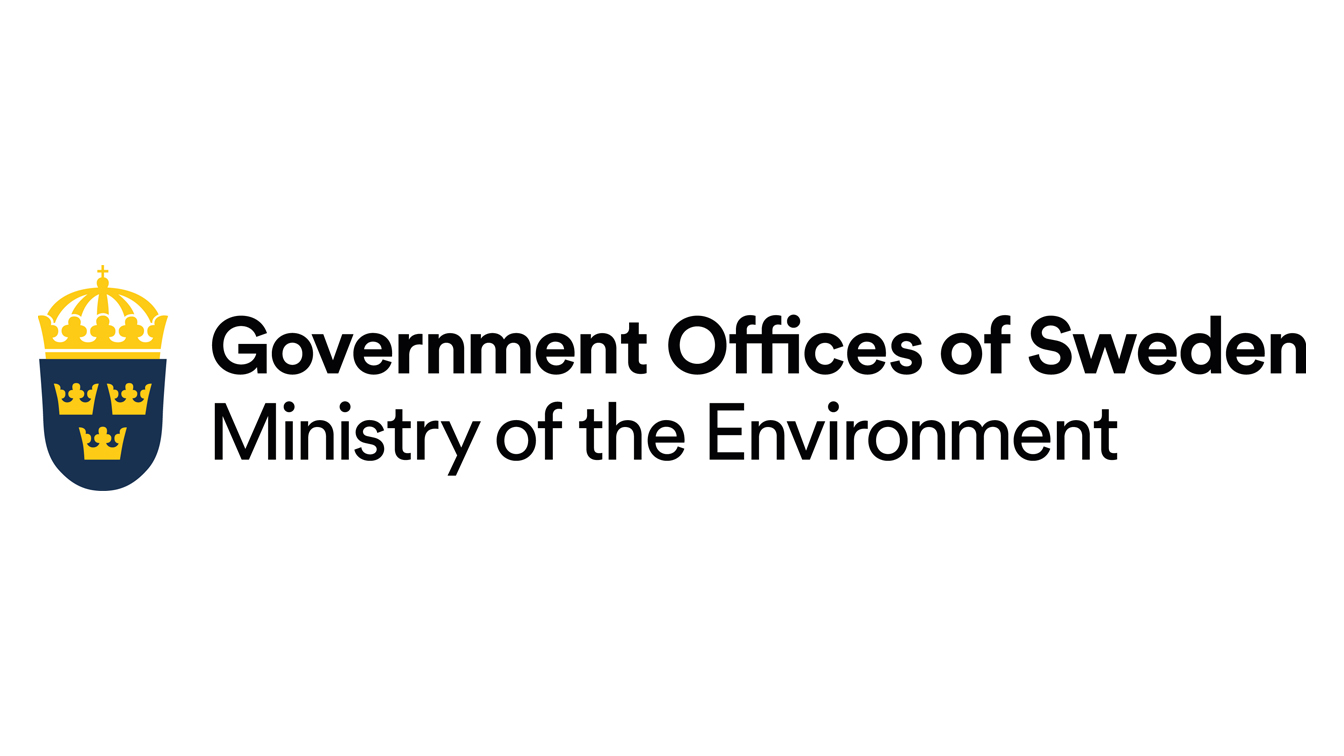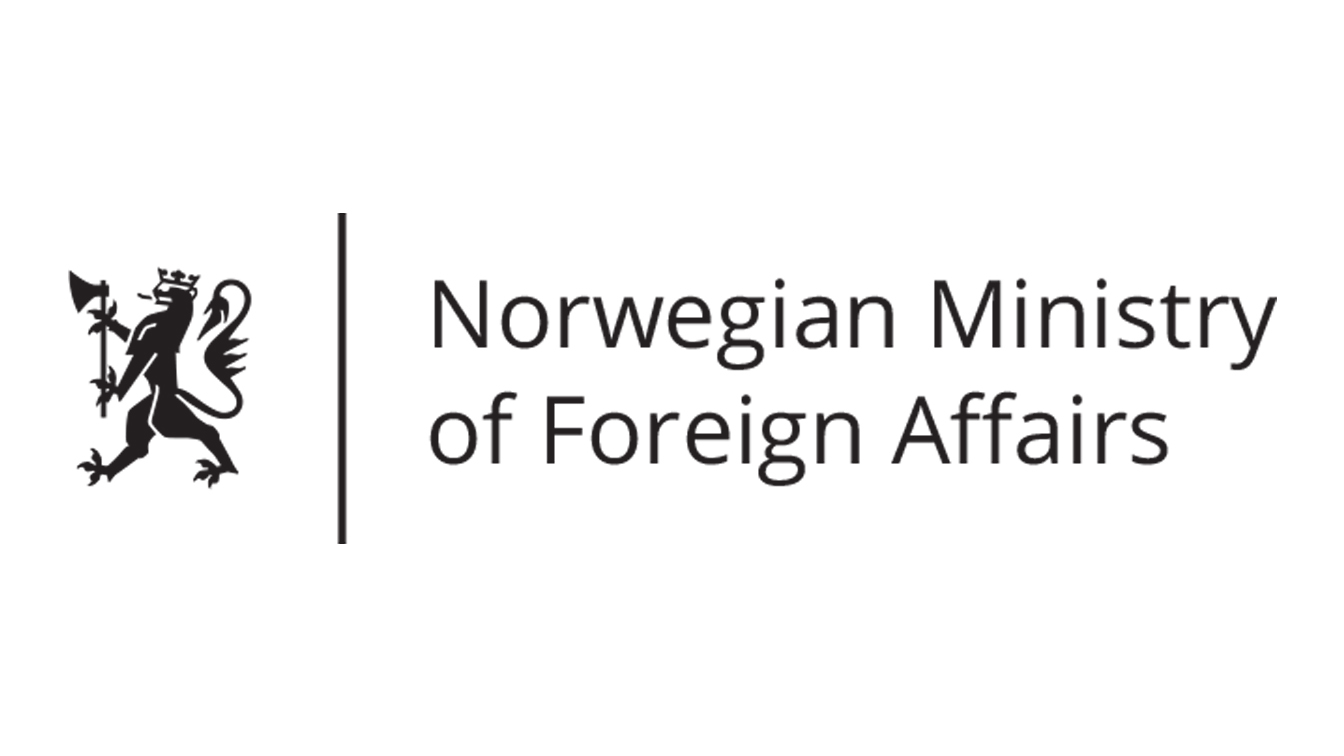Biological Diversity: Protecting the variety of life on Earth
Still Only One Earth: Lessons from 50 years of UN sustainable development policy
It’s increasingly clear we need a significant policy shift away from “business as usual” to reverse the alarming rate of biodiversity loss. The Convention on Biological Diversity and its Protocols provide the main forum for the international community to conserve biodiversity, use its components sustainably, and fairly share the benefits that come from studying and using genetic resources. (Download PDF) (See all policy briefs) (Subscribe to ENB)
Nature is vanishing before our eyes. As many as one million plant and animal species are threatened with extinction because of habitat loss, farming, poaching, pollution, invasive species and, increasingly, global warming. Over the past few hundred years, population growth and increased, unsustainable production and consumption patterns have expanded demand for biological resources, which has in turn caused a dramatic loss of biological diversity.
Recognition of this problem is not new. However, successfully addressing it has become increasingly urgent, as biodiversity decline has accelerated to an unprecedented rate and the pressures driving this decline are intensifying. Transition pathways to a sustainable future are needed to simultaneously reverse biodiversity loss, limit climate change, and improve the capacity to adapt to it and meet other goals such as improved food security. This requires a significant shift away from “business as usual.” Failure of the international community to meet internationally agreed targets, mainly due to economic priorities leading to inequitable and unsustainable development, underlines the urgency of such shift.
“Our destructive behaviour towards nature is endangering our own health, a stark reality we’ve been collectively ignoring for decades.”
What is Biodiversity?
Biological diversity, or biodiversity in short, refers to all living organisms and the interactions among them. The term not only covers species diversity, but also genetic and ecosystem diversity. It thus refers to the variety of different species, including plants, animals, fungi and micro-organisms; the variety of genes within all these species; and their different habitats, such as the various forest ecosystems, deserts, wetlands and rivers, marine and coastal ecosystems, and agro-ecological systems.
The outcome of billions of years of evolution, biodiversity is shaped by natural processes and interactions between humans and the environment. It is the source of the essential resources and ecosystem services that sustain human life, including food production, purification of air and water, and climate stabilization. Biodiversity directly supports human activities, such as agriculture, forestry, fisheries, and tourism. It thus underpins human well-being and livelihoods and is vital to the achievement of most of the Sustainable Development Goals (SDGs).
The story of biodiversity loss is detailed in a series of recent major global scientific assessments, including:
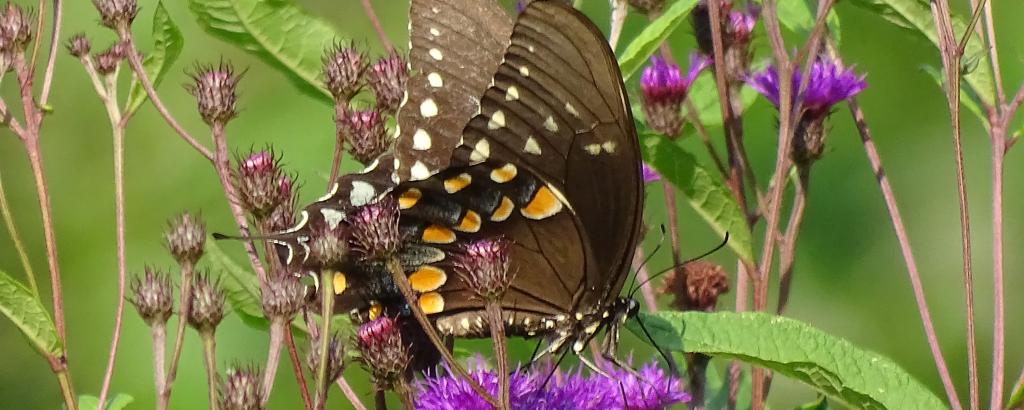


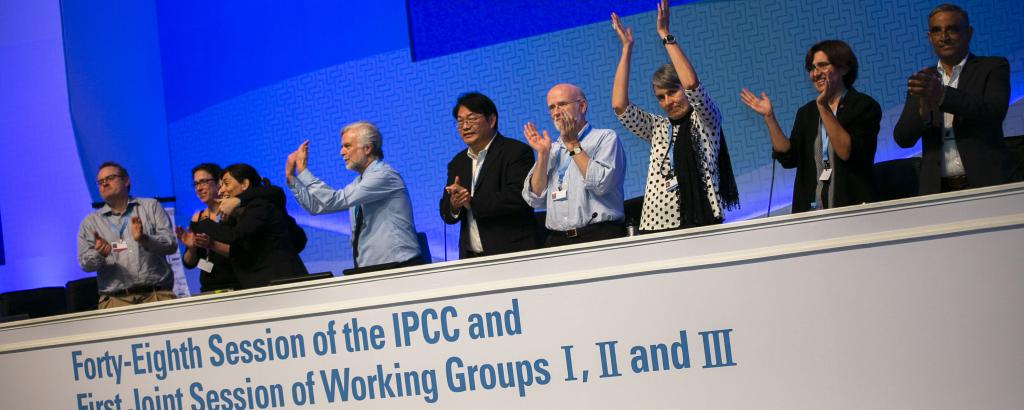
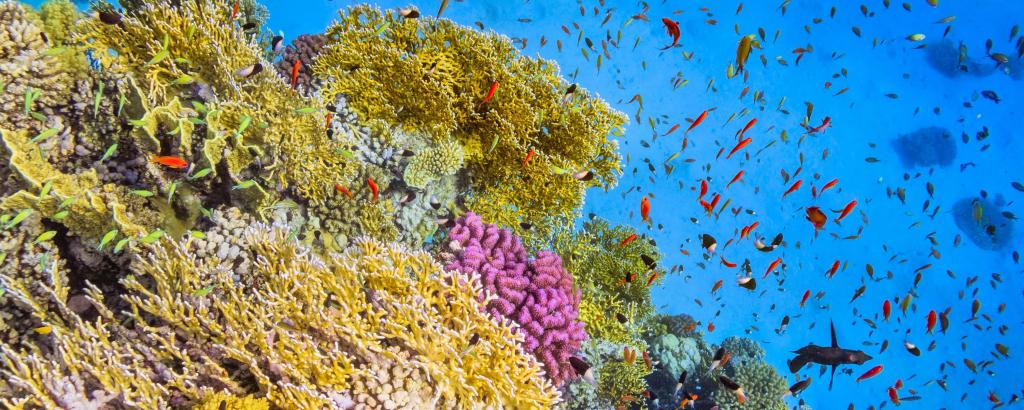
The Birth of the Convention on Biological Diversity
The 1972 UN Conference on the Human Environment in Stockholm, Sweden, began a new era of global cooperation on environmental issues. It established the UN Environment Programme (UNEP) and gave a significant push to the first biodiversity-related conventions: the 1971 Ramsar Convention on Wetlands, the 1972 World Heritage Convention, and the 1973 Convention on International Trade in Endangered Species of Wild Fauna and Flora (CITES).
In 1988, UNEP convened the Ad Hoc Working Group of Experts on Biological Diversity, initiating the process that culminated with the adoption of the 1992 Convention on Biological Diversity (CBD). The process built on an IUCN proposal for a convention on conservation and a proposal by the United States to establish an umbrella convention that would bring existing conventions together. Governments were asked to take into account “the need to share costs and benefits between developed and developing countries,” as well as “ways and means to support innovation by local people.”
Negotiations moved quickly towards a treaty, which would include not only conservation, but also the social and economic aspects of biodiversity, and biotechnology. Developing countries identified themselves as providers and thus owners of biodiversity and pushed for application of the principle of national sovereignty over genetic resources—the raw material for biotechnological innovation—aiming to receive some portion of the benefits arising from their use.

The CBD was opened for signature on 5 June 1992 at the Rio Earth Summit and entered into force in December 1993. With 196 parties to date, it enjoys almost universal participation, with the notable exception of the United States. The three objectives of the CBD are the conservation of biodiversity, the sustainable use of its components, and the fair and equitable sharing of the benefits arising out of the utilization of genetic resources. Establishing that state sovereignty over natural resources includes genetic resources, the CBD has resulted in a major shift in the global governance of genetic resources (Arjjumend, Koutouki and Alam, 2016).
Biodiversity Conservation: Species- versus Area-based Approaches
Biodiversity conservation refers to the protection and management of genetic diversity, species, and ecosystems. Conservation can be in situ, which refers to conservation within natural habitats; and ex situ, which involves preservation of threatened species and genetic resources in facilities such as breeding farms, botanical gardens, and genebanks where genetic material is preserved.
When it comes to species-based conservation, the most significant treaties are CITES and the Convention on the Conservation of Migratory Species of Wild Animals (CMS). CITES creates a mechanism to control or prohibit international trade in threatened or endangered species through their listing on its appendices. The CMS also uses an approach of listing species, and further serves as a framework for the development of agreements and memoranda of understanding on specific species, such as gorillas and sharks.
The CBD is different. It follows an area-based approach to conservation. The ecosystem approach—a strategy for the integrated management of land, water, and living resources that promotes conservation and sustainable use in an equitable way—is a primary framework for action under the Convention, aiming at a balanced implementation of the three CBD objectives. Governments are asked to implement the ecosystem approach along with management and conservation approaches, such as protected areas and species-focused programmes. A number of programmes of work, including implementation guidance to parties, have been developed in the CBD framework to address protected areas and traditional knowledge, as well as thematic areas including mountain, marine and coastal, island, inland waters, forest, dry and sub-humid lands, and agricultural biodiversity.
Most importantly, responsibility for implementing conservation rests with national governments. The CBD helps to trigger the adoption of national laws and policies through the negotiation and adoption of international targets, such as the Aichi Targets included in the Strategic Plan for Biodiversity 2011-2020, and the obligation for parties to develop national biodiversity strategies and action plans.
Sustainable Use: Linking Nature and Livelihoods
Sustainable use of biological resources not only results in healthy ecosystems but also benefits people. The second objective of the CBD is to support countries as they develop effective strategies both for conservation and for poverty alleviation and sustainable development.
Most CBD work programmes address biodiversity conservation and sustainable use in an integrated manner. In addition, the Addis Ababa Principles and Guidelines for the Sustainable Use of Biodiversity provide a framework to assist governments, Indigenous people and local communities, resource managers, the private sector, and other stakeholders, to ensure their use of natural resources will not lead to their long-term decline.
Loss of agricultural biodiversity best shows the links between conservation and sustainable use. According to the FAO, it is estimated 75% of the genetic diversity found in agricultural crops has been lost over the last century, while 75% of the world’s food is now generated from only 12 plants and five animal species. Homogenization of agricultural production systems—mainly due to intensification and the spread of monocultures of high-yielding, genetically uniform crop varieties—has led to the erosion of agricultural biodiversity, making agricultural production vulnerable to pests, extreme environmental conditions, and market shocks (FAO, 1993).
Fair and Equitable Benefit-sharing: Recognizing the Need for Equity
Radically shifting global biodiversity governance to fit the needs and expectations of biodiversity-rich developing countries, the third CBD objective on fair and equitable benefit-sharing was conceived as a tool for equity in biodiversity-based research and for sustainable development, as well as an incentive for conservation (Tsioumani, 2020). In line with the principle of national sovereignty, the CBD subjects access to genetic resources to the prior informed consent of the state providing that resource, and to fair and equitable benefit-sharing on mutually agreed terms. This sets up a contractual relationship between the provider and the user of genetic resources (Morgera and Tsioumani, 2010).
However, few CBD parties had translated the CBD provisions on access and benefit-sharing (ABS) into national legislation. Industrialized countries were hesitant to adopt measures supporting effective benefit-sharing by their researchers and companies with provider (mainly developing) countries. Links with other areas of international law, in particular intellectual property rights, introduced additional challenges. The World Summit on Sustainable Development (WSSD report, para 44(o)) in August 2002 triggered negotiations on an international regime on fair and equitable benefit-sharing, which eventually led to the adoption of the 2010 Nagoya Protocol on ABS.

The objective of the Nagoya Protocol is the fair and equitable sharing of benefits arising from the use of genetic resources, with a view to contributing to the conservation of biodiversity and the sustainable use of its components. For the first time in international law, benefit-sharing obligations also arise from the use of traditional knowledge associated with such genetic resources, and genetic resources held by Indigenous peoples and local communities. The Protocol is also innovative in detailing measures to ensure compliance with ABS-related obligations. With 127 parties to date, the Protocol has triggered development of national laws and policies, although it is still early to fully assess its implementation status.
The Challenges of Emerging Technologies
Addressing the potential negative impact of emerging technologies on biodiversity is crucial, especially considering the sheer pace of scientific and technological developments. The CBD has a long history of addressing emerging technologies, such as living modified organisms (LMOs), biofuels, geo-engineering, and, more recently, synthetic biology and digital sequence information (DSI).
The case of LMOs (the term used in the CBD context for the more widely used “genetically modified organisms” or GMOs), and their potential adverse effects on biodiversity, illustrates the CBD’s involvement with emerging technologies. Safe use of biotechnology and distribution of its benefits were on the CBD agenda since its beginning, resulting in the first international biosafety rules (CBD Arts. 8(g) and 19). On the basis of Article 19(3), the 2000 Cartagena Protocol on Biosafety provides rules for the transboundary movement of LMOs that may have adverse effects on biodiversity conservation and sustainable use.
Incorporating the precautionary approach, the Protocol establishes an advance informed agreement procedure for the transboundary movement of LMOs destined for environmental release (such as genetically modified seeds) and sets rules for risk assessment and risk management. Debates remain highly politicized over the level of risk posed by LMOs and the evidence base for risk assessment. Nevertheless, the Protocol currently has 173 parties and has contributed significantly to the development of most national biotechnology regulatory frameworks, particularly in developing countries.
Liability and redress for potential harm caused to biodiversity by transboundary movements of LMOs is one of the most contentious issues in global biodiversity law (Gupta and Orsini, 2017). Impossible to resolve during the Cartagena Protocol negotiations, a provision was incorporated in the final text mandating a process for the elaboration of separate rules. This process eventually resulted in the 2010 Nagoya-Kuala Lumpur Supplementary Protocol on liability and redress, which has 48 parties to date. The Supplementary Protocol relies largely on national legislation, with a core requirement for parties to provide response measures in the event of damage to biodiversity, taking into account risks to human health. Given the flexibility for implementation provided to parties, it is difficult to predict which situations will be covered by national regimes and whether they will succeed in addressing specific cases of damage to biodiversity. However, the Supplementary Protocol represents a step toward intergovernmental acceptance of environmental liability.
It is no easy task to reach consensus on regulations while balancing conflicting national interests and keeping up with the pace of technology. Two of the currently prominent issues in the sphere of emerging technologies—synthetic biology and DSI—illustrate this dilemma. Building on modern biotechnology and bioinformatics, and applying engineering principles to biology, synthetic biology aims to exercise control in the design and construction of living organisms and biological parts. It promises vast benefits to society, including tackling global challenges related to biodiversity conservation and food security. But there are environmental and socio-economic risks (CBD Secretariat, 2015), and both the scientific and policy debates are unsurprisingly polarized. Those against international regulation highlight the unprecedented potential to achieve global objectives. Those favoring regulation underscore the new level of uncertainty associated with synthetic biology. A crucial concern regards the adequacy of instruments and tools for risk management under the Cartagena Protocol. Work under the CBD has broadened our collective understanding and options for regulatory oversight; it is evident, however, that consensus is still out of reach.
DSI, the digital form of sequence data taken from genetic resources thanks to advances in bioinformatics, plays an increasingly fundamental role in environmental and biological research, contributing to a better understanding of the molecular basis of life and evolution. Availability and easy exchange of DSI have the potential to aid research on genetic resources. However, as DSI increasingly replaces the need to access biological samples of genetic resources, its use generates a series of socio-economic considerations. This creates major implications for the architecture of the CBD, with a crucial regulatory question concerning the application or not of benefit-sharing requirements from DSI use (Laird and Wynberg, 2018). Should provider countries receive a portion of the benefits of research if scientists are using digital information and not genetic samples? Many argue that if access to DSI is not accompanied by benefit-sharing modalities, the Nagoya Protocol would be undermined.
“None of the Aichi Biodiversity Targets will be fully met, in turn threatening the achievement of the Sustainable Development Goals and undermining efforts to address climate change.”
The Future of Global Biodiversity Governance
The coming decade is of utmost importance for global biodiversity governance. Despite many positive actions by parties and stakeholders, as highlighted in the Global Biodiversity Outlook 5, none of the CBD’s Aichi Targets were fully achieved. Six of the twenty targets have been partially achieved, including those on protected areas and invasive species. Whether such poor compliance is linked to the sheer complexity of biodiversity as a subject matter, the high degree of uncertainty regarding interdependence of living systems, lack of human and financial resources for implementation in many countries, or a political choice to prioritize unsustainable socio-economic models, this failure jeopardizes our planet’s life-support systems. The need to review the CBD’s successes and explore its shortcomings, and finally address the root causes of biodiversity loss, is as great as ever.
The CBD is currently developing a post-2020 global biodiversity framework to set out a new plan to transform society’s relationship with biodiversity and ensure the CBD’s 2050 vision of living in harmony with nature is fulfilled. While the process leading to the development of the post-2020 framework, together with all other biodiversity-related work, was disrupted by the COVID-19 pandemic, online consultations continue. The fifteenth meeting of the Conference of the Parties, which has been postponed until at least 2021, is expected to adopt the new framework and set the level of ambition for the next decade. Many see this meeting as a crossroads: failure to adopt a new framework—and implement it—may lead to irreversible biodiversity loss in the near future.
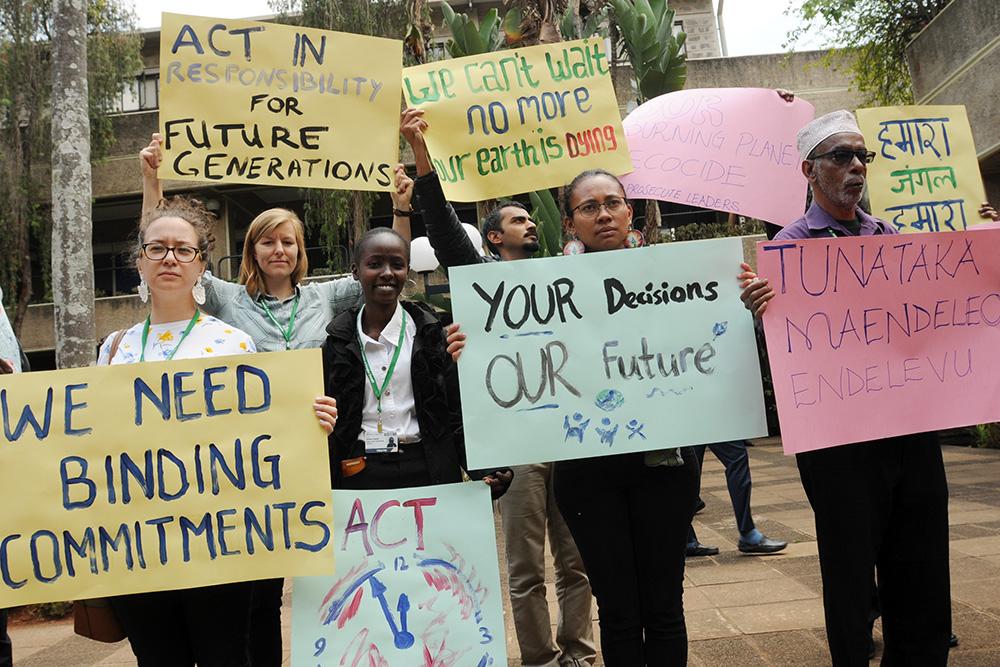
While the unforeseen social distancing-related obstacles for multilateralism are not to be underestimated, the post COVID-19 era also offers considerable opportunities, as it revealed the clear links between biodiversity and human health. In the words of UN Secretary-General António Guterres: “We simply cannot return to where we were before COVID-19 struck…The recovery must lead to a different economy. Our roadmap remains the 2030 Agenda and the Sustainable Development Goals.” CBD Executive Secretary Elizabeth Maruma Mrema pointed out that “our destructive behaviour towards nature is endangering our own health, a stark reality we’ve been collectively ignoring for decades.”
Thus, the crisis of the COVID-19 pandemic may be transformed to an opportunity to clearly highlight the links between biodiversity and human well-being, pushing us closer to the proclaimed vision of “living in harmony with nature” while leaving no one behind.
Works Cited
Arjjumend, H., K. Koutouki and S. Alam. (2016). “Evolution of International Governance of Biodiversity.” Journal of Global Resources 3, 1-15.
Boisson de Chazournes, L. (2009). “Convention on Biological Diversity and its Protocol on Biosafety.” United Nations Audiovisual Library of International Law.
Convention on Biological Diversity (CBD) Secretariat. (2015). Synthetic Biology. CBD Technical Series No. 82.
Dias, Ferreira de Souza, B. and K. Garforth. (2017). “Historical perspectives on the challenge of biodiversity conservation.” In Morgera, E. and J. Razzaque (eds). Biodiversity and Nature Protection Law, 13. Edward Elgar.
Gupta, A. and A. Orsini. (2017). “Liability, redress and the Cartagena Protocol.” In Morgera, E. and J. Razzaque (eds). Biodiversity and Nature Protection Law, 445. Edward Elgar.
Laird, S., R., Wynberg. (2018). “A Fact-Finding and Scoping Study on Digital Sequence Information on Genetic Resources in the Context of the Convention on Biological Diversity and the Nagoya Protocol.” (UN Doc CBD/DSI/AHTEG/2018/1/3)
Food and Agriculture Organization of the UN. (1993). Harvesting Nature’s Diversity. FAO.
Morgera, E. and E. Tsioumani. (2010). “The evolution of benefit-sharing: linking biodiversity and community livelihoods.” RECIEL 19(2), 150.
Tsioumani, E. (2020). Fair and Equitable Benefit-sharing in Agriculture: Reinventing Agrarian Justice. Routledge.
You might also be interested in
What to Expect at Plastics INC-4
What to expect in Ottawa as plastic pollution treaty talks get underway, explained by the team leader of the global neutral reporting service Earth Negotiations Bulletin.
UNFCCC Submissions Tracker
Tracking and sharing opportunities for stakeholders to give input to the UN climate change negotiations.
The State of Global Environmental Governance 2023
In global environmental talks in 2023, the focus across nearly all issue areas was funding implementation and reviewing performance.
On Behalf of My Delegation (Second Edition)
This backpacker’s guide to the world of climate change negotiations sums up key challenges faced by negotiators and ways to overcome these problems.


